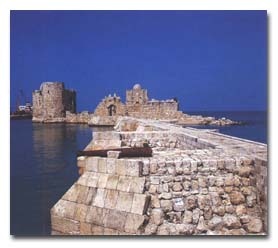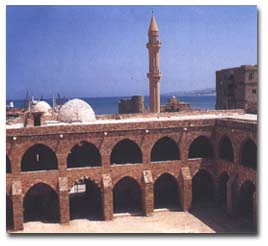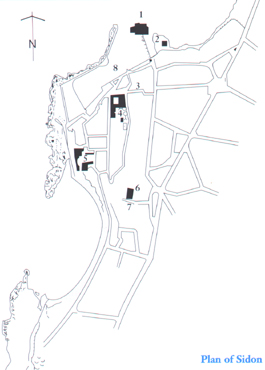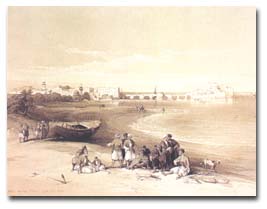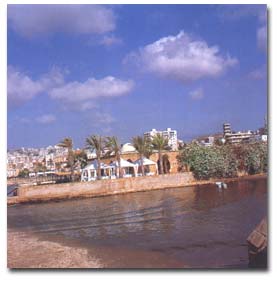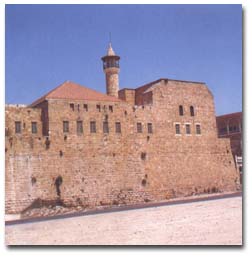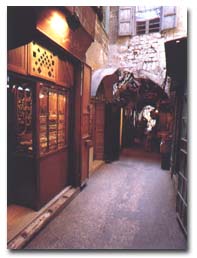|
Sidon, on the
coast 48 kilometers south of Beirut, is one of the famous names in
ancient history. But of all of Lebanon’s cities this is the most
mysterious, for it’s past has been tragically scattered and
plundered. In the 19th century, treasure hunters and
amateur archaeologists made off with many of its most beautiful and
important objects, some of which can now be seen in foreign museums.
In this
century too, ancient objects from Sidon (Saidoon is the Phoenician
name, Saida in Arabic), have turned up on the world’s antiquities
markets. Other traces of its history lie beneath the concrete of
modern constructions, perhaps buried forever. The challenge for
today’s visitor to Sidon then is to recapture a sense of this
city’s ancient glory from the intriguing elements that still
survive.
The largest
city in south Lebanon, Sidon is a busy commercial center with the
pleasant, conservative atmosphere of a small town. Since Persian times
this was known as the city of gardens and even today it is surrounded
by citrus and banana plantations.
|
|
There is
evidence that Sidon was inhabited as long ago as 4000 B.C., and
perhaps as early as Neolithic times (6000 - 4000 B.C.). The ancient
city was built on a promontory facing an island, which sheltered its
fleet from storms and served as refuge during military incursions from
the interior. In its wealth, commercial initiative, and religious
significance, Sidon is said to have surpassed all other Phoenicians
city-states.
|
